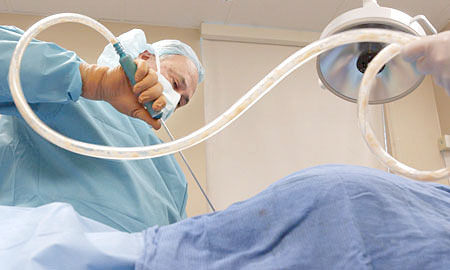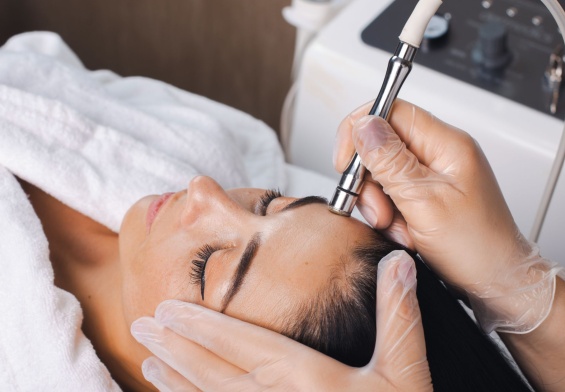Nowadays, non-surgical seems to be the buzzword around doctors’ offices that offer rejuvenation therapy, anti-aging procedures, and traditional plastic surgery. While the 17.5 million surgical and minimally invasive cosmetic procedures performed in 2017 represented a two percent increase from the year before, the real growth has occurred within the non-surgical or minimally invasive procedures, which have increased nearly 200% since the year 2000. With Americans’ appetite for cosmetic procedures steadily expanding, the industry has responded with a number of offerings outside of traditional plastic surgery.
Although non-surgical seems to be the easy choice for anyone considering a cosmetic anti-aging procedure, there are still a number of questions to ask beforehand.
How much of a change?
Less invasive can be the go-to if you’re not looking to make a major change in your appearance. Although the results are not as dramatic, the process often feels more natural. Essentially, non-surgical procedures are a litmus test for surgical procedures. Typically, people undergo dermal fillers or laser lifts before they opt for a full face-lift. It’s a good way to gauge your comfort level with cosmetic procedures before going to a more permanent solution.
What’s Your Available Recovery Time?
If substantial downtime from work or your daily routine isn’t an option, then you might choose a non-invasive procedure such as CoolSculpting instead of liposuction. Although it was still one of the top five cosmetic surgical procedures in 2017, liposuction’s popularity has declined by 30 percent since the year 2000 while CoolSculpting increased by seven percent just last year. Even though non-surgical methods generally require a series of treatments, they still pose less risk and recovery time than surgery.
Some noninvasive procedures, however, also require significant recovery time. A strong chemical peel, for instance, may take weeks to heal and will probably include scabbing. Unless you want to look like a burn victim in the office, you will probably need to remain home for a week or longer.
Long-Term vs. Short-Term
One of the biggest advantages to surgical procedures is their long-term effects. While Botox normally wears off after approximately six months, a patient can usually go for a decade or more before needing adjustments to a face-lift, if they ever need another procedure.
Not a Replacement
At a certain point, quick fixes like Restylane or Juvederm will no longer cut it, and the only path to real improvement is through traditional surgery. Non-surgical procedures work best for people in 30s to their 50s with decent skin, who they are willing to stay from the sun. Beyond that age, dermal fillers may not help that much because there is too much underlying damage to the skin.
Overall Health
Your overall health will also determine whether or not you are eligible for surgery. Many people have turned to less invasive procedures because they want to avoid surgery altogether or their age or health history makes elective surgery far too risky.
Upfront Cost vs. Total Cost
Although cosmetic surgery is more affordable than it used to be, it’s still costlier than Botox or dermal fillers, at least initially. For example, a single Juvederm injection may cost only a tenth of the price of a surgical face-lift; it does, however, require repeated injections every six months or so to maintain that appearance. For this reason, it’s important to weigh the upfront cost of surgical procedures against the total long-term cost of non-surgical methods. In the long run, the former may wind up costing less than the latter.
While it may be tempting to anoint non-surgical procedures as the modern replacement to traditional surgery, it is still a bit early. Although the lunchtime face-lift is no longer as far-fetched as it sounds, minimally invasive skin rejuvenation procedures are still not as effective or as long-lasting as a tummy tuck or a surgical face-lift.
Ultimately, it is up to the individual to determine whether surgical or non-surgical is the right choice at this point in his or her life. Although recent advances have given us many more non-surgical anti-aging options, they won’t be replacing longstanding surgical procedures anytime soon.



